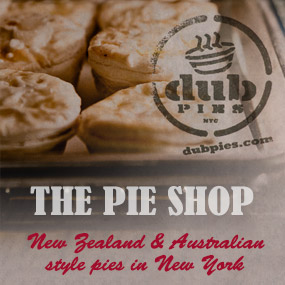Researchers Unlocking Renaissance Beauty Secrets
Associate professor of art history at the University of Auckland Erin Griffey is a bit of a beauty maven. “I’m one of those people who reads the backs of beauty products,” she says. That’s why, while working on a book about beauty culture in Renaissance Europe, Griffey experienced déjà vu, Rina Diane Caballar writes in Science News.
She noticed that many ingredients in beauty recipes from the 16th to 18th centuries – compiled from books, cosmetic recipe collections, medical texts, health regimen manuscripts, herbals and pharmacopeias – also appear on modern beauty packaging.
Such similarities are clues to what Renaissance-era people used the products for and how the products worked. But they are not the whole story. That’s because the ancient recipes often also list bizarre or even dangerous ingredients, from bile acids and calves’ hooves to lead and the poisonous bryony plant. To get a better understanding, and calling upon colleagues at the university, Griffey looked to recreate the recipes. Thus the Beautiful Chemistry Project was born.
The team started with what Griffey calls “sticky recipes” because they’re found in many sources throughout the Renaissance period: rosemary flowers in white wine, myrrh powder with egg white, and the velvety covering of newly grown deer antlers with bean flour.
Original article by Rina Diane Caballar, Science News, August 12, 2022.














